Nowadays we are beginning to realize the real contribution of compatriot scientists who worked in the rocket and space industry. Every step they took was classified and considered a state secret. However, in recent years, due to partial declassification of archives, historians of science and technology have great opportunities to assess the true significance of discoveries and design solutions of the leading masters of rocket engineering of the twentieth century.
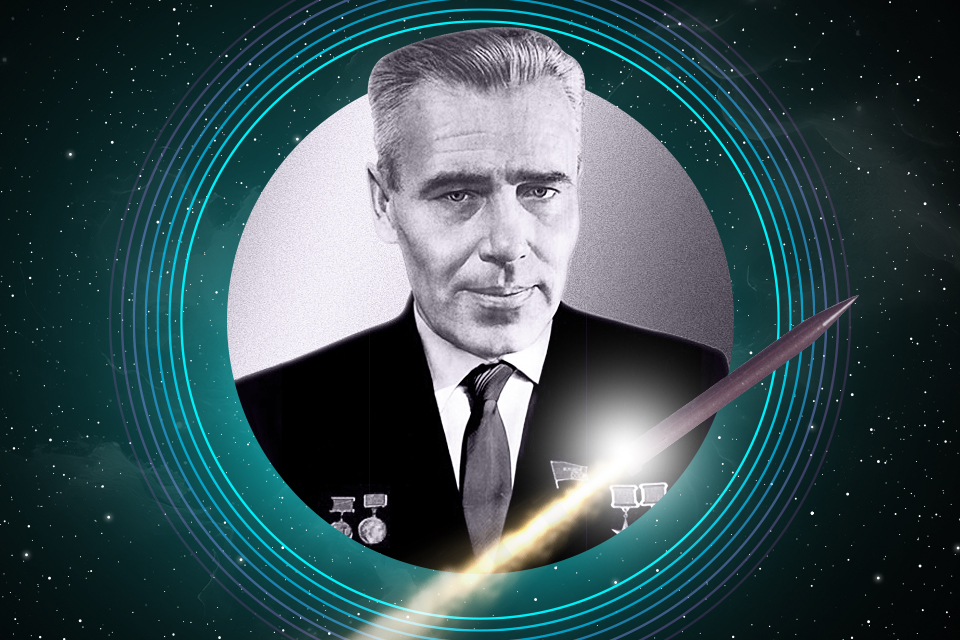
One of them was Mykhailo Yanhel, a genius scientist-mechanic and designer of strategic space rocket systems. He revolutionized rocket science and was ahead of the times with his inventions and designs, creating the simplest, most reliable and highly efficient rockets.
Cossack blood
Mykhailo Yanhel was born in 1911 in the small Siberian village of Zyrianova in a large family. The designer’s parents were illiterate, but managed to provide education for all their twelve children. Later, the siblings (simple teachers, accountants, collective farm secretaries and hunters) were very proud of Mykhailo, who became “an academician and twice a hero”, but they could only guess about his occupation and place of residence – it was forbidden to talk about it even with the relatives.
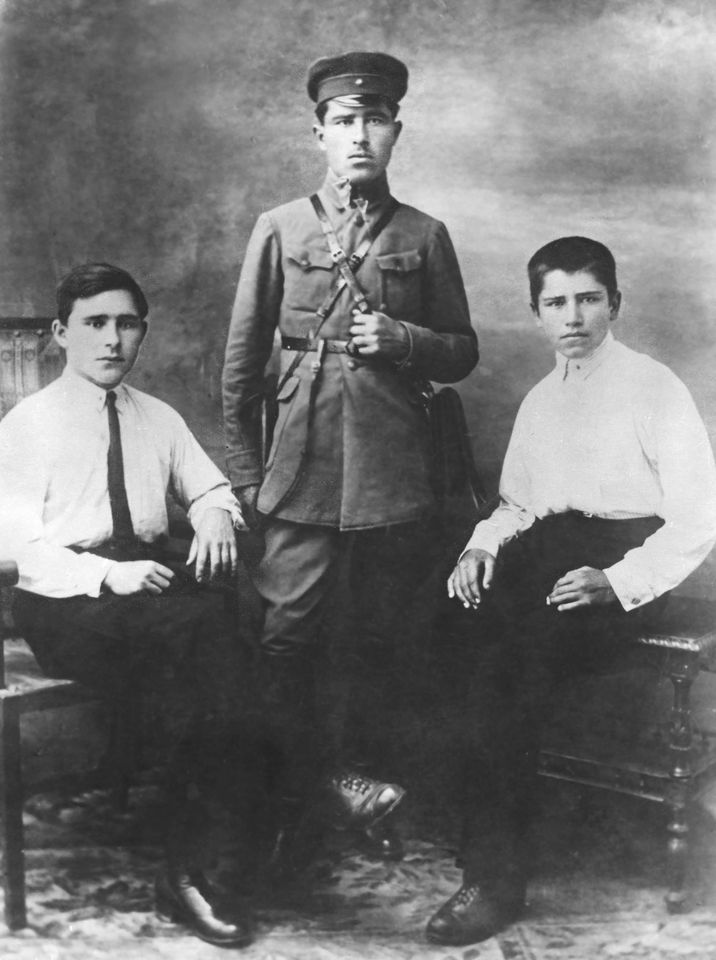
According to the scientist’s memories, villagers knew about Yanhel’ Ukrainian roots, remembering well the charismatic grandfather-exile from Chernihiv province and his stories about Cossack life. Mykhailo later investigated the history of his family and the origin of his surname, and came to the conclusion that he was indeed a Cossack family, because it was the “Yanhelers” that the people of Zaporizhzhia called those who distributed food by scooping from a “янга” (yanha) (huge camping cauldron). The scientist was happy to communicate in the native language in his own family or on any occasion, such as meeting an immigrant saleswoman from Western Ukraine in the heart of New York City.
The call of the sky
The beginning of his career was typical for a peasant. First, the young man graduated from a three-year rural school, then from a higher primary factory school. A little later, Mykhailo moved in with his older brother and found a part-time job at a Moscow glass-graphy factory.
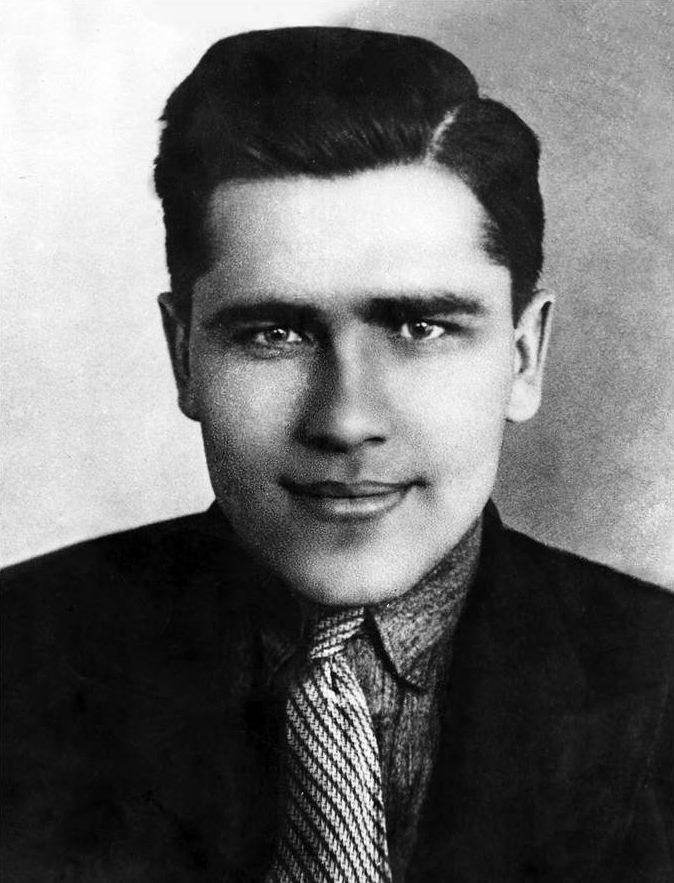
The boy was both a courier and an apprentice at a textile factory. Working on the production of fabric for aircraft construction, young Mykhailo realized that his cherished dream and the peak of his career ambitions was to become a pilot. Further in the life of the boy was the Workers’ Faculty, and in 1931 – the desired studying at the Moscow Aviation Institute. His health did not allow him to choose the profession of a pilot, so he chose the profession of an aircraft designer. Mykhailo Yanhel devoted the topic of his graduation thesis to the construction of high-speed fighters, which he had already been engaged in for a year while working in the N.N. Polikarpov Design Bureau. The young designer spent the war years at the Menzhinsky Aircraft Plant in the above-mentioned design bureau, organizing its evacuation and subsequently deploying in the workshops a repair base for aircraft.
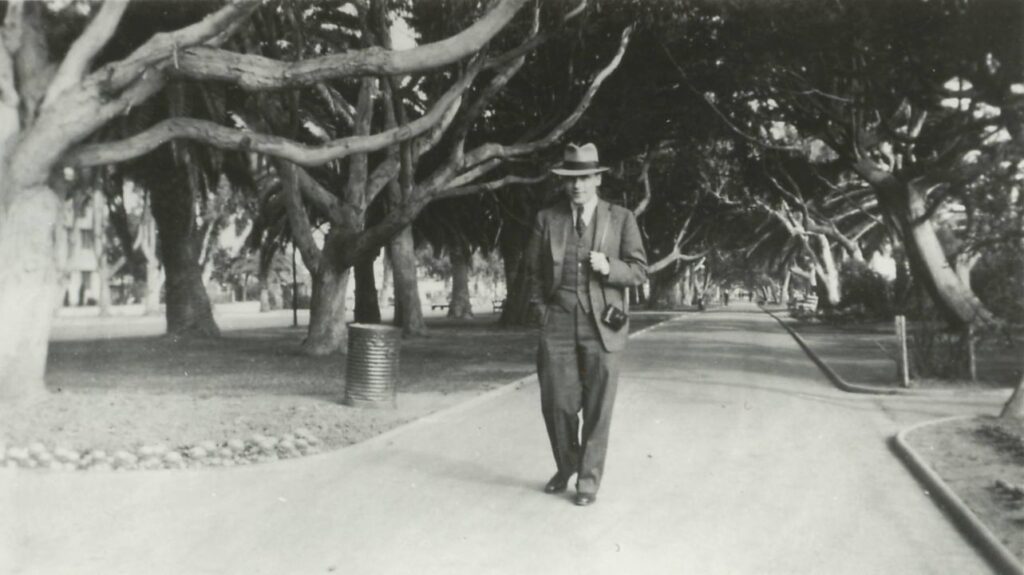
The post-war period of Yanhel’s life was marked by significant achievements in aircraft construction. He worked on the development of the I-153 airplane, participated in the development of the I-180, I-185, heavy fighters, worked on the modification of the Po-2 airplane, and was also engaged in the coordination of the aircraft construction field in the apparatus of the USSR Ministry of Aviation Industry.
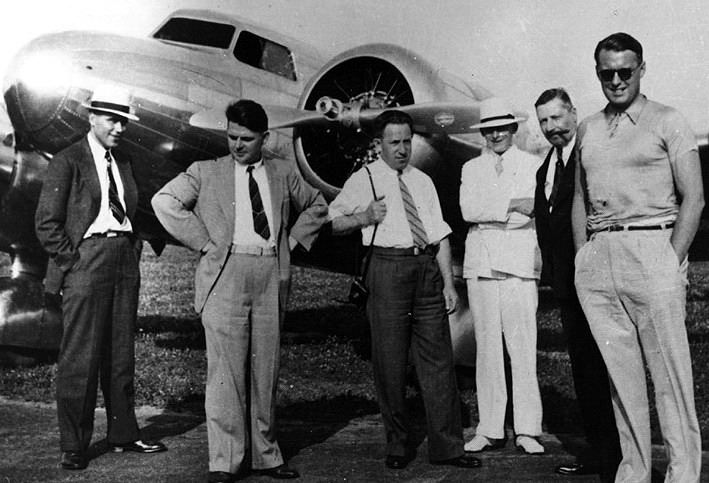
However, Mykhailo never left his studies, although he had a vast experience as a leading engineer, holding senior positions in factories, design bureaus and even the ministerial office. At the age of 37, being a successful aircraft designer, he became a student again, this time at the Academy of Aviation Industry of the USSR. Years of excellent studies at the Academy allowed him to deepen his knowledge of building rocket technology. During this period, the designer began cooperation with the famous Serhii Korolov in SDO-1 (Separate design office) of the Rocket Central Research Institute of Mechanical Engineering-88. Many colleagues considered them rivals, but Yanhel emphasized that they were always enthusiastic collaborators who had a common goal. And later, they were good neighbors at the cottage.
Return to the ethnic homeland
Having worked under Korolov, and later even being his immediate superior as director of Central Research Institute of Mechanical Engineering-88, which also included Korolov’s design bureau, Yanhel subsequently accepted a proposal to divide the spheres of scientific and design interests (Korolov dreamed of space research and peaceful space exploration, while Yanhel was interested in ballistic missiles).
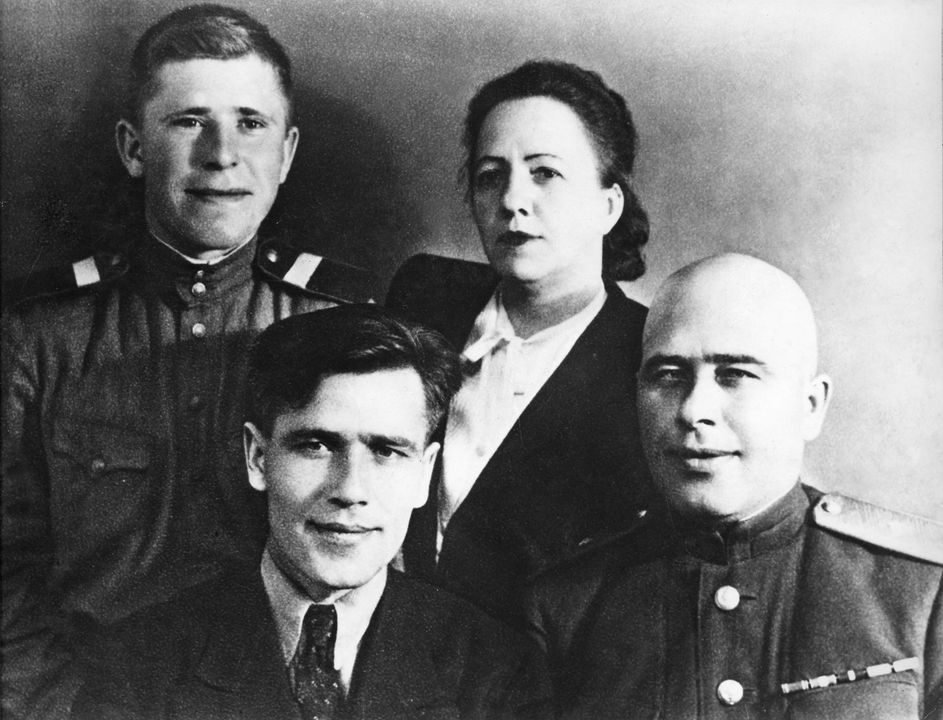
In 1954, the designer moved to Dnipropetrovsk and developed his own design bureau on the basis of the Southern Machine-Building Plant, which later became one of the leaders of the world space market. The task of the newly formed design bureau No. 586 was to produce strategic missile weapons for the Soviet Armed Forces. It is worth noting that Yanhel brilliantly coped with the tasks set before him: he realized ambitious inventions, which were embodied in a generation of highly effective combat missile systems and space systems. It was Yanhel’s missiles that became the basis for the country’s nuclear missile defense and the creation of the USSR Strategic Missile Forces.
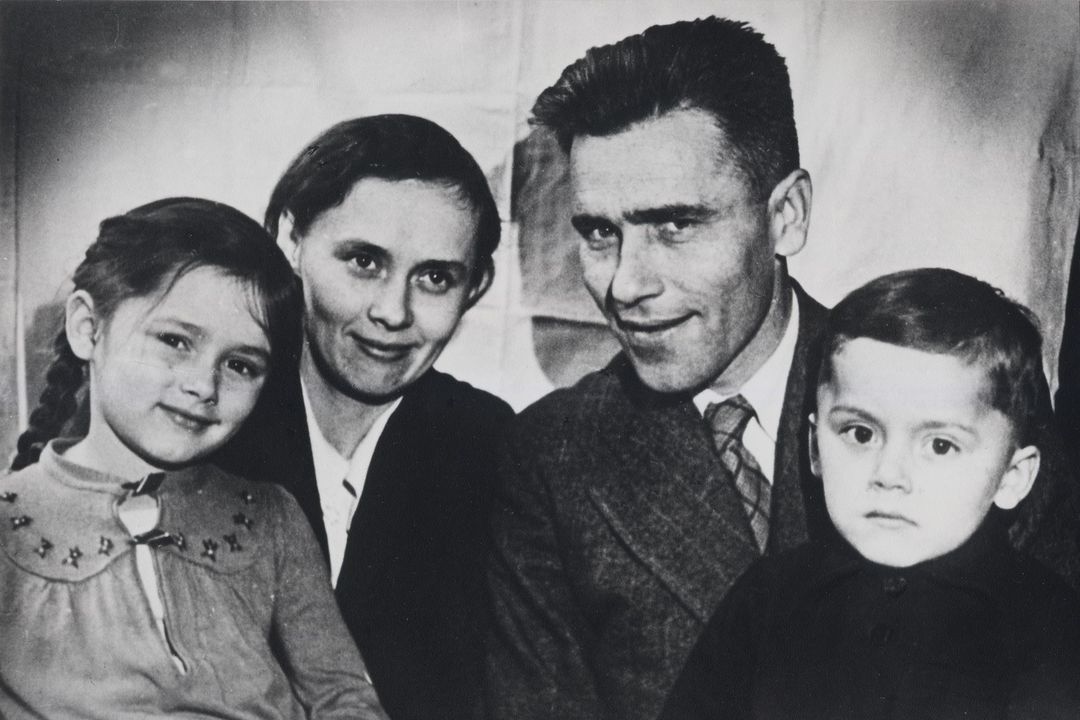
Thus, in 1957, the world’s first mobile medium-range missile, R-12, was built using high-boiling propellant components and immediately went into mass production. The versatility of the missile was added by the factors of a wide choice of launch options: ground launch, launch from a silo, from a launch cup, on its own engine and so on. R-12 was recognized as the best missile of the time, therefore it is not surprising that it was the cause of the 1962 Cuban Missile Crisis and the subsequent Cold War between the USSR and the USA. This provided the basis for strategic parity in missile warfare between the USSR and the United States and stimulated negotiations between leaders of countries of different political orientations. It resulted in the relevant peace agreements.
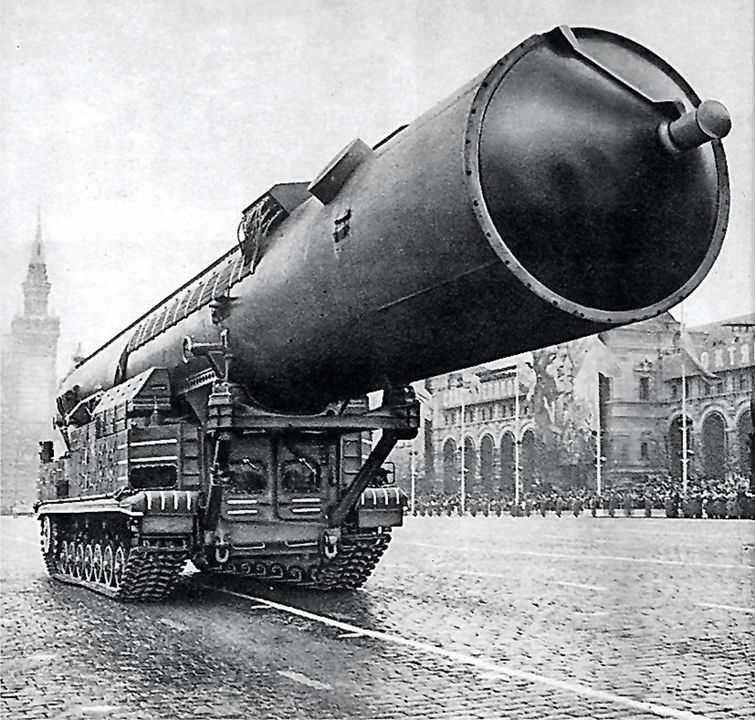
The R-16 intercontinental ballistic missile, developed in Yanhel’s design bureau, entered combat duty as early as in 1961. It was characterized by an autonomous control system, simplicity in operation, and extended storage time in the refueled state. Its orbital warhead was capable of making several spins around the Earth in all directions before hitting the target.
The U.S. military called the R-36M missile “Satan” for its ability to overcome the missile defense system. Its characteristic feature was the use of a mortar launch, in which the missile was removed from a fairly compact container, and the launch of its engines occurred in flight. The successful realization of the R-36M cold “mortar” launch was immediately recognized by specialists as a real revolution in the rocket and space industry.
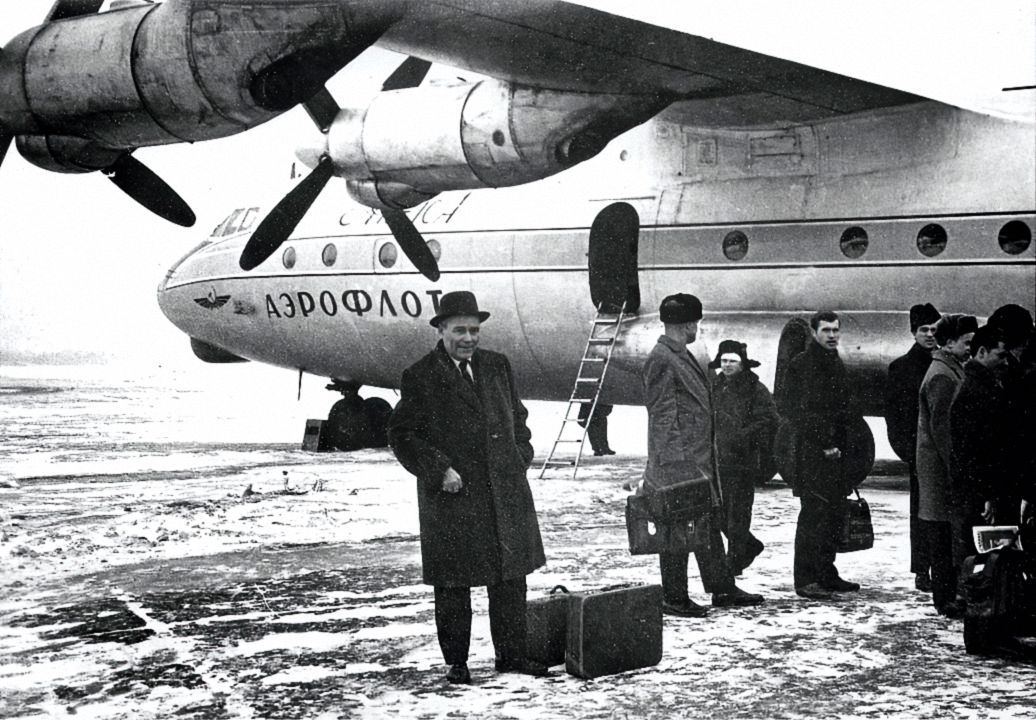
Subsequently, the first silo-based missile systems in the country appeared in Design Office No. 586, which was renamed Yuzhnoye Design Office in 1966. The designers under Yanhel’s leadership were able to increase the storage life of liquid-fueled rockets in the fueled state from several months to 15 years. Missiles with separated warheads were built, allowing many targets to be hit simultaneously. Carriers were created on the basis of combat missiles, which put into orbit artificial satellites of their own production and spacecraft for military, scientific and economic purposes. On the basis of the R-36 rocket, the Tsiklon (Cyclone) and Tsiklon-2 (Cyclone-2) carriers were built, which made almost 100 launches, each of which was successful. Cosmos and Cosmos-2 launch vehicles were created, which sent Cosmos and Intercosmos satellites into orbit. Yanhel’s successful space missions became the basis for further cooperation between Ukraine and the world’s leading space countries, because the significant advantages of using rockets to launch satellites into orbit caused their demand and great popularity abroad.
Yanhel’s management art
The success of Yuzhnoye Design Office proved that Mykhailo Yanhel was not only a brilliant designer, but also an authoritative manager who succeeded in creating a cohesive team of professionals. Character traits such as sociability, integrity and at the same time diplomacy, concreteness, ability to interest and delve into subtleties helped him in this. Yanhel strived to be closer to the team, so he actively participated in amateur nights, encouraging humor. He clearly understood that modern technologies were becoming extremely complex, so their further development could only be ensured by truly united teams of single-minded professionals, because in the process of building a rocket and space complex a huge number of complex scientific and technical tasks were solved, which was beyond the power of a single, even the most brilliant person.
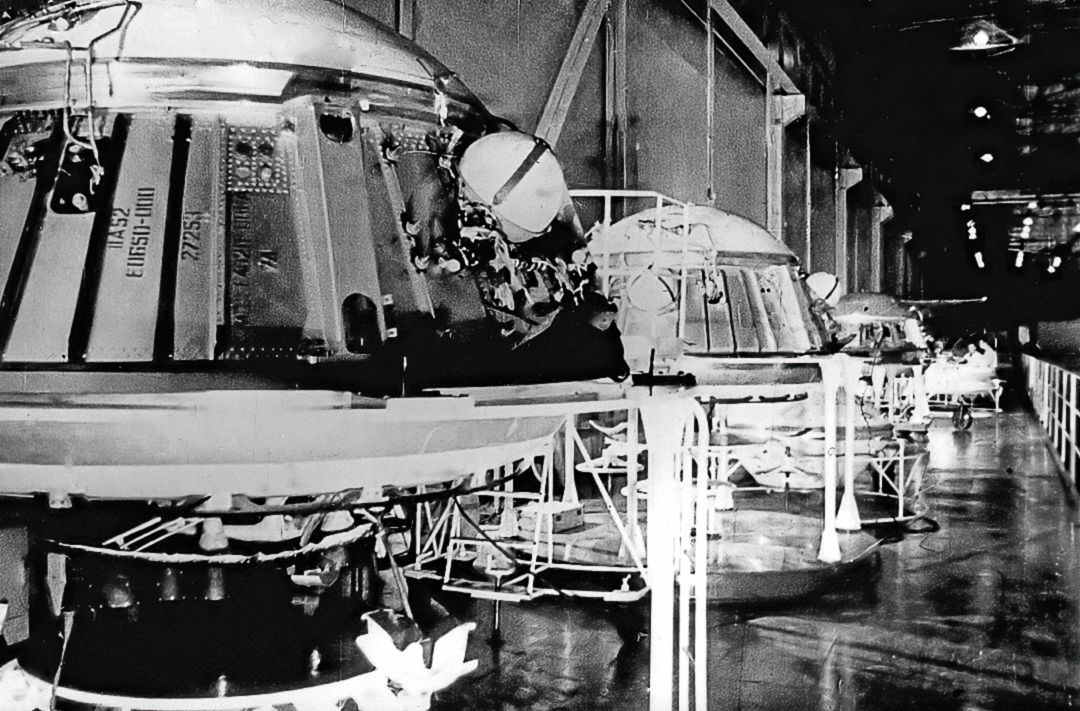
Mykhailo Yanhel was an unsurpassed organizer of scientific research. He became the founder of the scientific school, Doctor of Technical Sciences, full member of the Academy of Sciences of the Ukrainian SSR (1961) and the USSR (1966). The directions laid down by the scientist were further developed in the works of his students: they conducted scientific research in the field of rocket engine dynamics, long-term stability of liquid-propellant launch vehicles, strength and reliability of rocket structures, dynamics of ground transportation of rocket technology products, aero-gas-plasmodynamics, mechanics of manned flight. Yanhel, already being an academician, worked on the creation of a separate rocket and space institute in the Academy of Sciences of the Ukrainian SSR. Therefore, it is not surprising that the powerful scientific and technical potential created by the scientific school of Mykhailo Yanhel became the basis for the development of the rocket and space industry of Ukraine.
Disaster that killed friends
The R-16 intercontinental missile, the best of its kind, was also the cause of the main tragedy of Mykhailo Yanhel’s life. During the test of the first model of R-16, the designer’s colleagues and friends died, among them the Commander-in-Chief of the Strategic Forces, Marshal Mytrofan Niedielin. On October 24, 1960, at Baikonur Cosmodrome, the rocket was still preparing for its first launch, but a malfunction in the current-distributing unit caused the second stage engine to turn on spontaneously, and this led to a massive explosion and the death of the entire team that remained near the rocket.
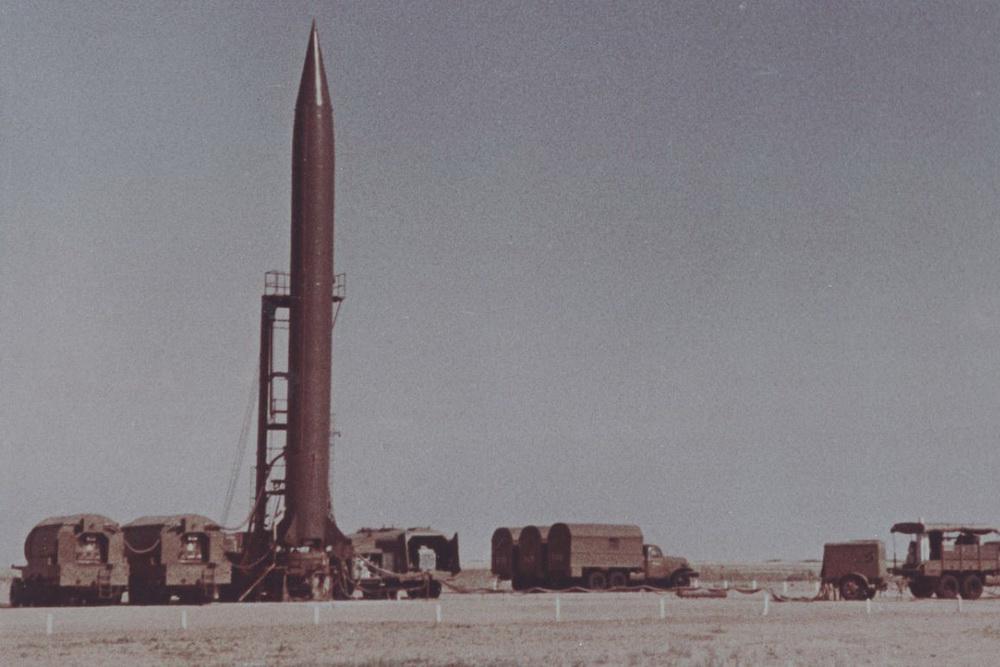
Mykhailo Yanhel was saved by an incredible accident: worrying about possible problems with the launch, he went to “consult and smoke” with his assistants without witnesses, so at the time of the tragedy was out of the blast zone. He seriously experienced the consequences of the disaster and to the end of his life he considered himself morally responsible for the lives of the victims, although later the investigation recognized the complete absence of the designer’s guilt and the shortcomings of the developers of control systems. After this tragedy, Yanhel began to actively introduce the concept of fully automated rocket launches. Later medical examination showed that at the time of the tragedy, the scientist had suffered a massive heart attack, which was also a factor in the designer’s premature death on his 60th birthday in 1971.
Unsophisticated hobbies of the remarkable man
According to his daughter’s memories, Mykhailo had rather unpretentious hobbies: he repaired antique clocks and mechanisms with great delight, he also loved chess, fishing (this hobby was taken over from his mother), and enjoyed socializing with small grandchildren. Yanhel once confessed to colleagues that he dreamed of becoming a cosmonaut to be able to test spacecraft of his own design. However, thanks to his unrivaled design skills, he became a true master in Military Space Engineering and left a huge mark on science and technology, becoming a historical figure who influenced the course of global world events.
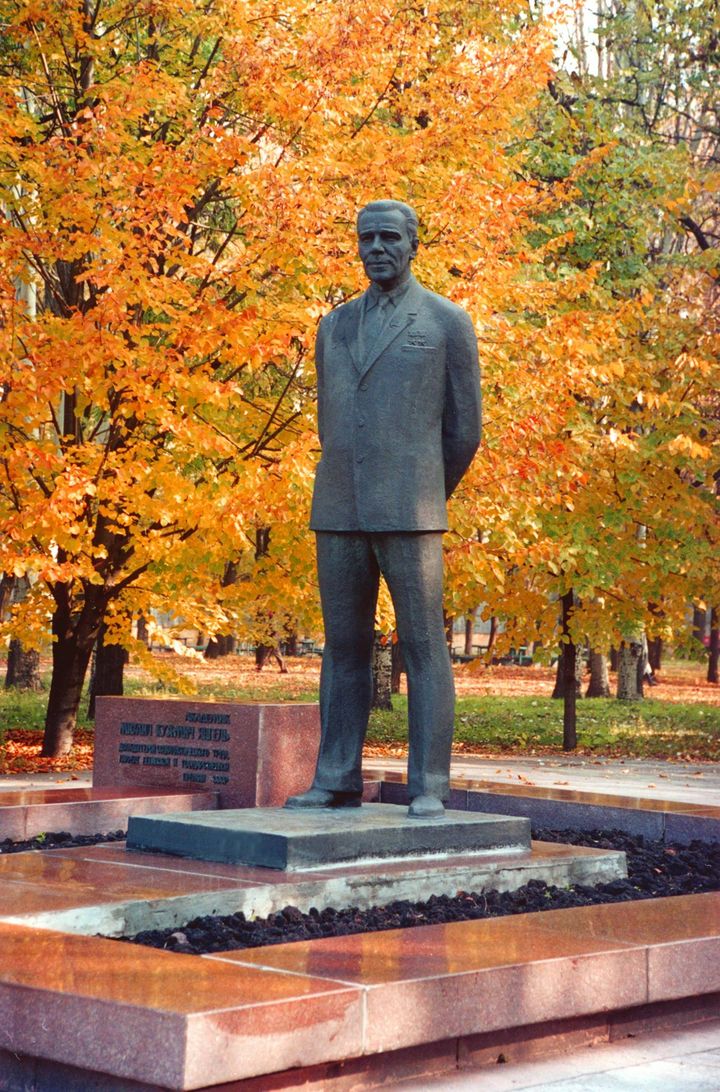
Author: Olha Isaieva, PhD in History, historian of science and technology
This article was published in issue №5 2021 of Universe Space Tech. You can purchase this issue in electronic or paper version in our store.


